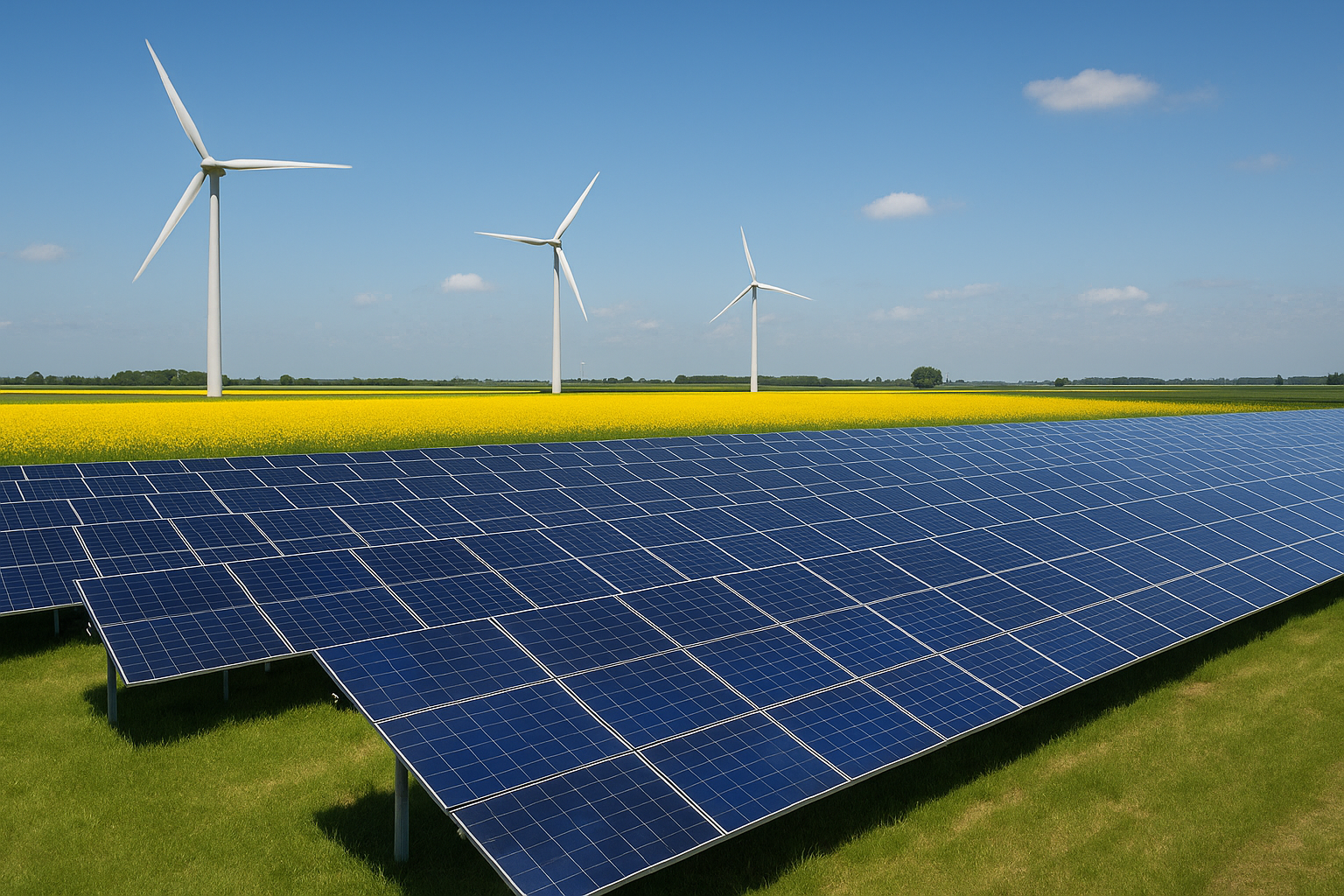The Netherlands has seen an extraordinary boom in solar PV installations. Rooftop systems on greenhouses, warehouses, and industrial facilities have multiplied in recent years, contributing to cleaner electricity and lower CO₂ emissions. But this success story comes with a challenge: the midday price collapse.
The midday problem
When the sun is shining across the country, solar generation peaks at the same time. This often leads to oversupply in the grid, and wholesale electricity prices fall dramatically — sometimes even into negative territory.
For PV operators, this means that a large share of production generates little or no financial return. In some cases, curtailment is required to prevent grid congestion, which means valuable solar energy is wasted.
👉 According to Rabobank and TenneT data, Dutch electricity prices have shown increasing volatility: high peaks in the evening and weekends, and very low or negative prices during sunny midday hours. This volatility is expected to increase further by 2030, as the share of solar generation continues to grow.
Turning a challenge into an opportunity
Battery Energy Storage Systems (BESS) provide a direct solution. Instead of selling electricity when the market is flooded, solar operators can store their midday production and discharge it when demand is higher and prices are stronger.
This creates three immediate benefits:
• Higher revenues: By offering a certain MW of flexible capacity to TenneT, operators receive availability payments, even if the asset is not activated.
• Reduced curtailment: When TenneT calls on the asset, the battery discharges or charges, creating an additional source of income.
• Smoother load profile: By offering a certain MW of flexible capacity to TenneT, operators receive availability payments, even if the asset is not activated.
Business case in numbers
• As of 2025, more than 17 GW of solar PV is installed in the Netherlands, much of it concentrated in greenhouses and large rooftops.
• Price spreads between midday lows and evening peaks regularly reach €100/MWh or more, creating strong arbitrage opportunities for batteries.
• A typical commercial PV + storage project can achieve payback in 3–5 years, with up to 20% higher revenues compared to PV-only.
Integration with greenhouses and industry
For greenhouses and industrial sites, Solar + Storage offers more than just arbitrage:
• Energy self-consumption can be maximized by storing excess solar and using it later.
• Grid connection upgrades can often be avoided, as batteries help manage peak loads.
• Sustainability goals are supported by reducing curtailment and making renewable energy more usable.
Enerflux: Delivering Solar + Storage value
At Enerflux, we specialize in solutions that combine solar PV and battery storage into one integrated system. With our SolarShift™ product, operators can protect their solar profitability, stabilize their operations, and generate new revenue streams from the energy market.
From design and permitting to installation, market integration, and long-term service, we deliver turnkey solutions that transform today’s volatility into tomorrow’s opportunity.

